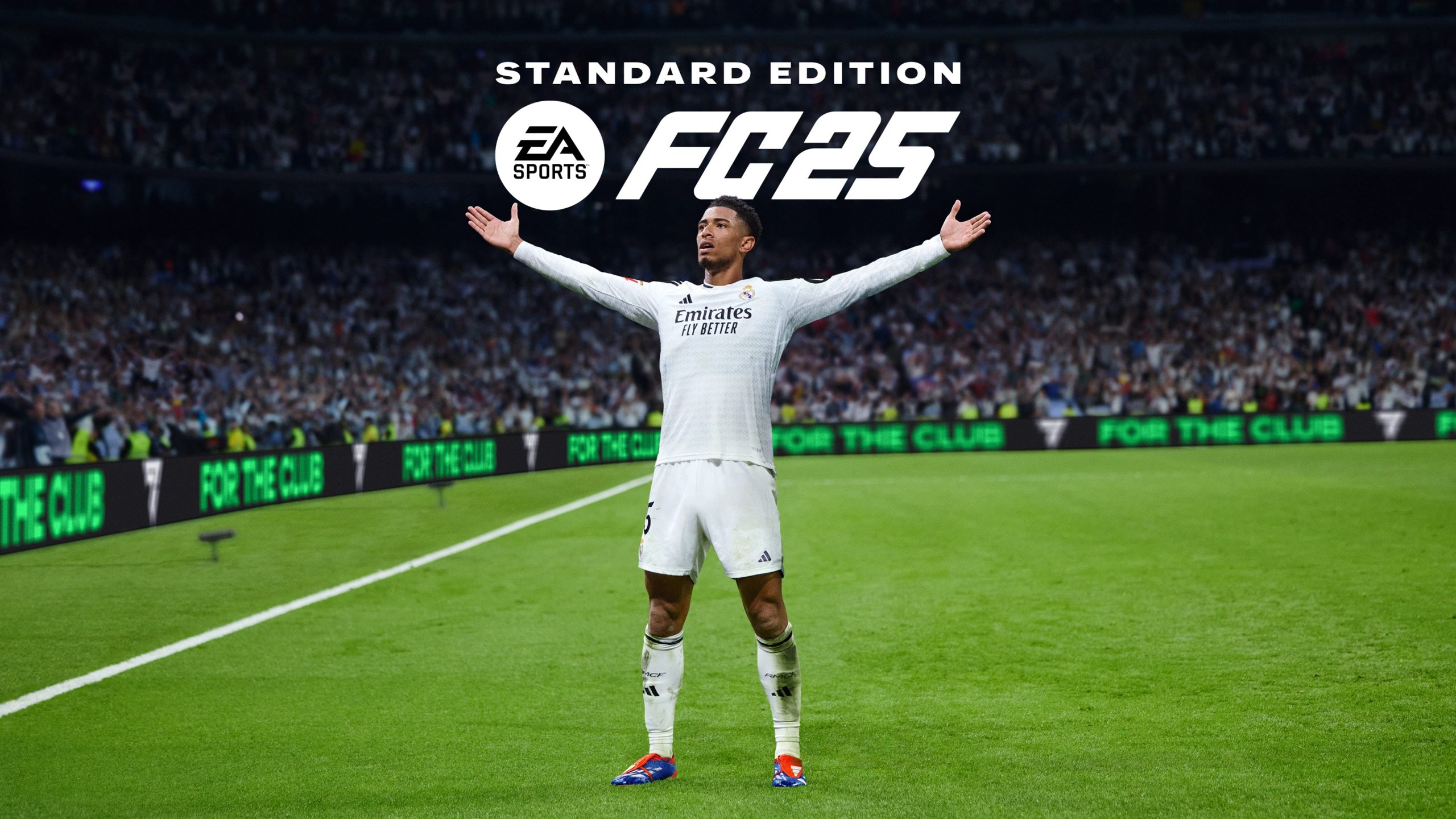First thing Electronic Arts wants to do with Football Club (FC) 25 is consolidate the brand launched in 2023. This marks the second iteration of EA’s new license following its separation from FIFA due to financial disagreements over profit-sharing, which led both parties to pursue separate ventures. With its expertise and production assets intact, Electronic Arts established its FC simulator. Meanwhile, FIFA found a new partner for developing its own rebooted license. Rumors suggest that 2K Games is involved, given their extensive sports license portfolio, it’s likely they secured this deal.
Is Offense Still the Best Defense?
Behind the scenes, there are focuses that emphasize a particular feature in a certain manner. For example, an attacker might concentrate solely on offensive phases, neglecting defensive tasks. Similarly, wingers will not advance to provide solutions in front. There are also midfielders who constantly move to find spaces. With these new tactical possibilities, it is clear that developers hope to have found a tool capable of meeting players’ expectations who criticize EA Sports FC (and its predecessor FIFA) for being too attack-oriented by default. However, the same vulnerabilities persist as before, though after adjusting settings in the menus, certain behaviors can avoid defensive exploitation.
These new tactical strategies are made possible by the mature HyperMotion technology, introduced in FIFA 22. It enables developers to record actions performed by professional footballers during official 11 vs 11 matches, including contacts, controls, shots, sprints, celebrations, intensity, and combinations, all with unparalleled authenticity. Over 1.2 billion images have been analyzed by the algorithm to add a plethora of new animations. Although it still lacks some impact in our opinion, contact management is finer than in FC 24. Once a player has shouldered past or initiated an acceleration, it’s challenging to dispossess them of the ball. Moreover, players can now deliberately commit fouls, resulting in a yellow card from the referee, and potentially a red card for repeat offenses.
The passing system has been updated to make long passes less accurate under pressure. In other words, if a player attempts a long pass in suboptimal conditions, it will not be as precise. Although these new weather conditions were not included in the version of FC 25 we tested, they have since been added. For example, wind (both force and direction) will affect the ball’s trajectory, particularly impacting outdoor stadiums. Waterlogged pitches can also cause slippery situations for players. On a positive note, PlayStyles remain an important feature. Introduced in FC 24 with official Opta statistics, this mechanism aims to attribute special abilities to certain players on the field. This system complements basic statistics by allowing unique and original playing styles for your favorite players, along with spectacular gestures. In FC 25, we see the introduction of PlayStyles specific to goalkeepers. For instance, Deflector describes goalkeepers who rarely kick the ball away from an opponent’s feet. Rush Out pertains to goalkeepers unafraid of engaging in contact, especially during one-on-one situations. Far Throw refers to goalkeepers capable of long throws with their hands, potentially initiating a swift counter-attack.
Visually, aside from the game already being solid in terms of execution, Electronic Arts has refined certain aspects to enhance immersion. For instance, it is common to see players celebrating their goals with mascots, coaches giving instructions to substitutes, the fourth official trying to calm the bench, the rising excitement around the stadium, or hearing the shutters of photographers. The day-night cycle also received significant attention in terms of general lighting improvements. Pre-match sequences remain enjoyable to watch. However, players still appear stiff during team introductions, and facial expressions seem somewhat rigid. This is addressed by EA Sports Cranium technology, where developers use various photos of a player to create the most realistic digital double possible, avoiding generic faces. Two graphics modes are planned for FC 25: one with visual enhancements like ray tracing and native 4K, and another without these improvements, both running at 60fps.
RUSH HOUR
In this FC 25, an important aspect to discuss is the “Rush” mode, which is included alongside other game modes and aims to replace the “Volta” mode. This new Rush mode features 5 vs 5 matches with traditional gameplay but introduces rule changes that evoke memories of Gerard Pique’s famous Kings League. For example, at kickoff, all five players from each team must sprint quickly across the center of the field to retrieve a ball thrown by one of the ball throwers. Additionally, there is a blue card system leading to a one-minute exclusion period. Penalties are conducted in a 1 vs 1 format and are launched rather than taken directly. A player is considered offside when they are beyond the first third of the opponent’s half (which would typically be the halfway point under normal rules). Initially, Rush mode will only include one stadium: the smaller-sized Nike Air Zoom Arena, which was designed in collaboration with Nike and inspired by the Mercurial boot design and the Swoosh logo.
Initially, it was thought that opting for a FIFA Street-style gameplay would have been preferable; however, after several matches, it became evident that maintaining classic mechanics wasn’t as detrimental as initially anticipated, primarily to ensure continuity and coherence. The pace of the game is faster compared to 11 vs 11 (as there are only two halves), and coordination among the four field players is essential to avoid leaving large gaps on the field. This is what we can share about EA Sports FC 25 at this stage. We have observed other aspects, but for now, we will remain silent on them, as they will be discussed in detail in another video scheduled for August. If our team feels motivated and returns from vacation…
Have any thoughts?
Share your reaction or leave a quick response — we’d love to hear what you think!


